Food and Beverage Applications
The food and beverage sector is increasingly exploring mycelium for various applications, driving growth in the Mycelium Market. Mycelium can be utilized as a meat substitute, offering a sustainable protein source that appeals to health-conscious consumers. The plant-based food market is projected to grow at a compound annual growth rate of over 11%, indicating a robust demand for alternatives to traditional meat products. Mycelium-based foods not only provide nutritional benefits but also align with the growing trend of reducing meat consumption for environmental reasons. As more companies enter the mycelium food space, the Mycelium Market is poised for expansion, attracting attention from investors and consumers alike.
Innovative Textiles and Fashion
The fashion industry is increasingly exploring innovative textiles, with mycelium emerging as a promising material. The Mycelium Market is benefiting from this trend as designers and brands seek sustainable alternatives to leather and synthetic fabrics. Mycelium-based textiles are not only biodegradable but also exhibit unique properties such as breathability and durability. The market for sustainable fashion is expanding, with projections indicating a growth rate of approximately 9% annually. This interest in mycelium textiles reflects a broader movement towards ethical consumption, where consumers prioritize sustainability in their purchasing decisions. Consequently, the Mycelium Market is positioned to capitalize on this trend, attracting investments and fostering collaborations with fashion innovators.
Sustainable Packaging Solutions
The increasing demand for sustainable packaging solutions is a primary driver in the Mycelium Market. As consumers become more environmentally conscious, companies are seeking alternatives to traditional plastic packaging. Mycelium-based materials offer a biodegradable option that decomposes naturally, reducing landfill waste. The market for sustainable packaging is projected to grow significantly, with estimates suggesting a compound annual growth rate of over 10% in the coming years. This shift towards eco-friendly packaging not only aligns with consumer preferences but also helps companies meet regulatory requirements aimed at reducing plastic use. As a result, the Mycelium Market is likely to see a surge in demand as businesses adopt mycelium-based solutions to enhance their sustainability profiles.
Biotechnology and Research Advancements
Advancements in biotechnology are significantly influencing the Mycelium Market. Research into mycelium's properties and applications is expanding, leading to innovative uses across various sectors. The potential for mycelium in bioremediation, waste management, and even pharmaceuticals is being explored, suggesting a broadening scope for its applications. The biotechnology sector is expected to grow at a rate of approximately 7% annually, and mycelium research is likely to play a crucial role in this expansion. As scientists uncover new capabilities of mycelium, the Mycelium Market may witness increased investment and collaboration, fostering a dynamic environment for innovation and development.
Construction and Biodegradable Materials
The construction sector is increasingly recognizing the potential of biodegradable materials, with mycelium leading the charge. The Mycelium Market is experiencing growth as builders and architects seek sustainable alternatives to conventional materials. Mycelium-based products can be used for insulation, bricks, and other structural components, offering both environmental benefits and performance advantages. The construction industry is projected to grow at a rate of around 5% annually, and the incorporation of mycelium materials could enhance this growth by providing eco-friendly options. As regulations tighten around building materials and sustainability practices, the Mycelium Market is likely to see heightened interest from construction professionals looking to innovate while adhering to environmental standards.


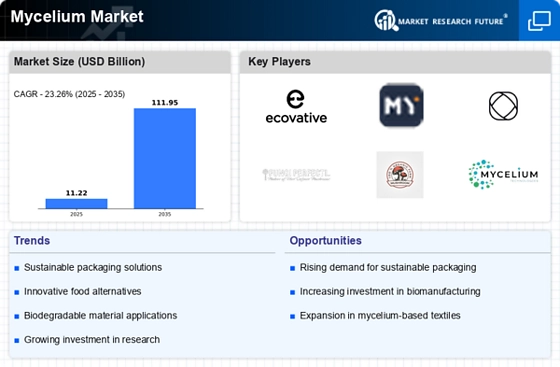

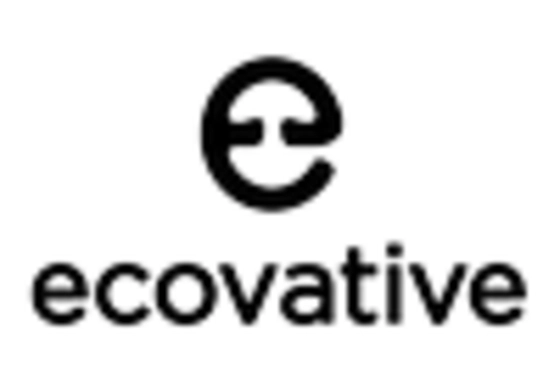
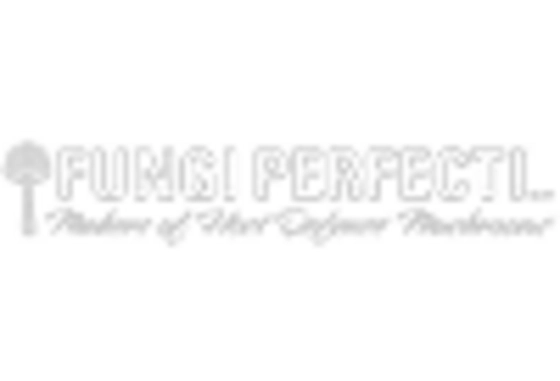

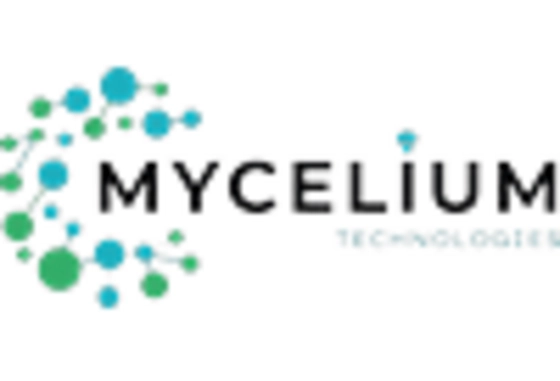
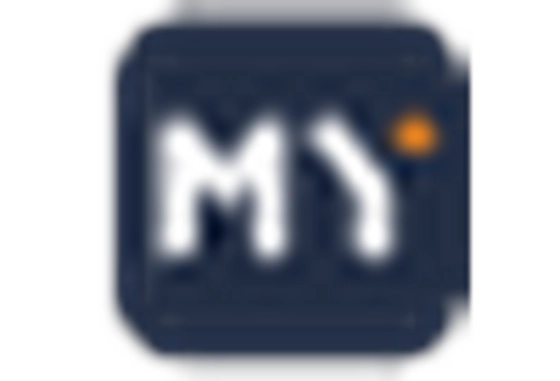








Leave a Comment